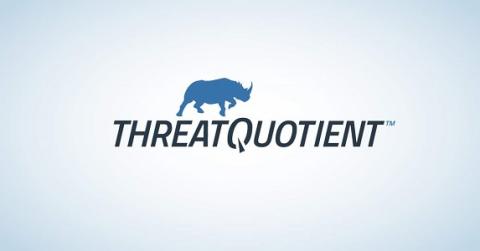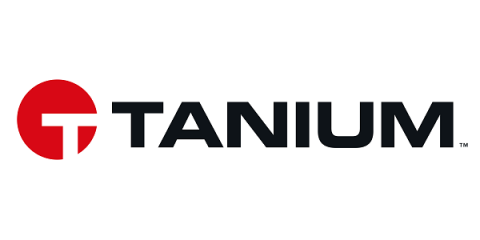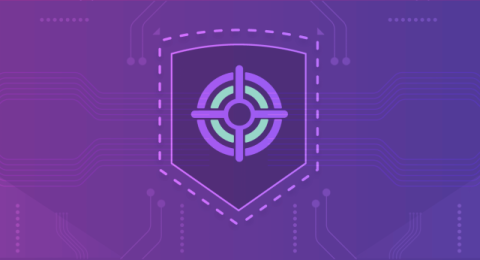When Safety Falls Short: Understanding Negligent Security and Injuries at Lowe's
Lowe's is a well-known destination for home improvement enthusiasts and professionals alike, offering a vast array of products ranging from tools and hardware to building supplies and appliances. While the store is a haven for many seeking to embark on their next big project, it is crucial to recognize the potential safety risks that can arise in such a bustling environment. Negligent security is one aspect that, when not appropriately addressed, can lead to injuries and even legal ramifications.










